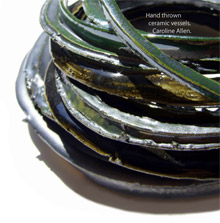David Fontijn (University of Leiden)
It is due to the sometimes extraordinary achievements in metalwork craftsmanship that the European Bronze Age has become known as “the first golden age of Europe”. The question might be asked, however, if it is also appropriate to speak of it in terms of creativity. A study of the production of Bronze Age bronzes in West and Central Europe shows a rigid adherence to shape and decoration. It is argued that this relates to – partly non-discursive – broadly shared ideas on what would be “the right shape and decoration” for bronze to function in daily life, and in exchange. In the mimicry used, singular magnifications or the production of gold versions appear to play a special role. The way in which bronzes were interpreted comes to the fore in patterns of selective deposition, and it will be argued that this final treatment of materials before they were removed from society, offers one of the most powerful possibilities for a study on prehistoric perception of bronzes.


